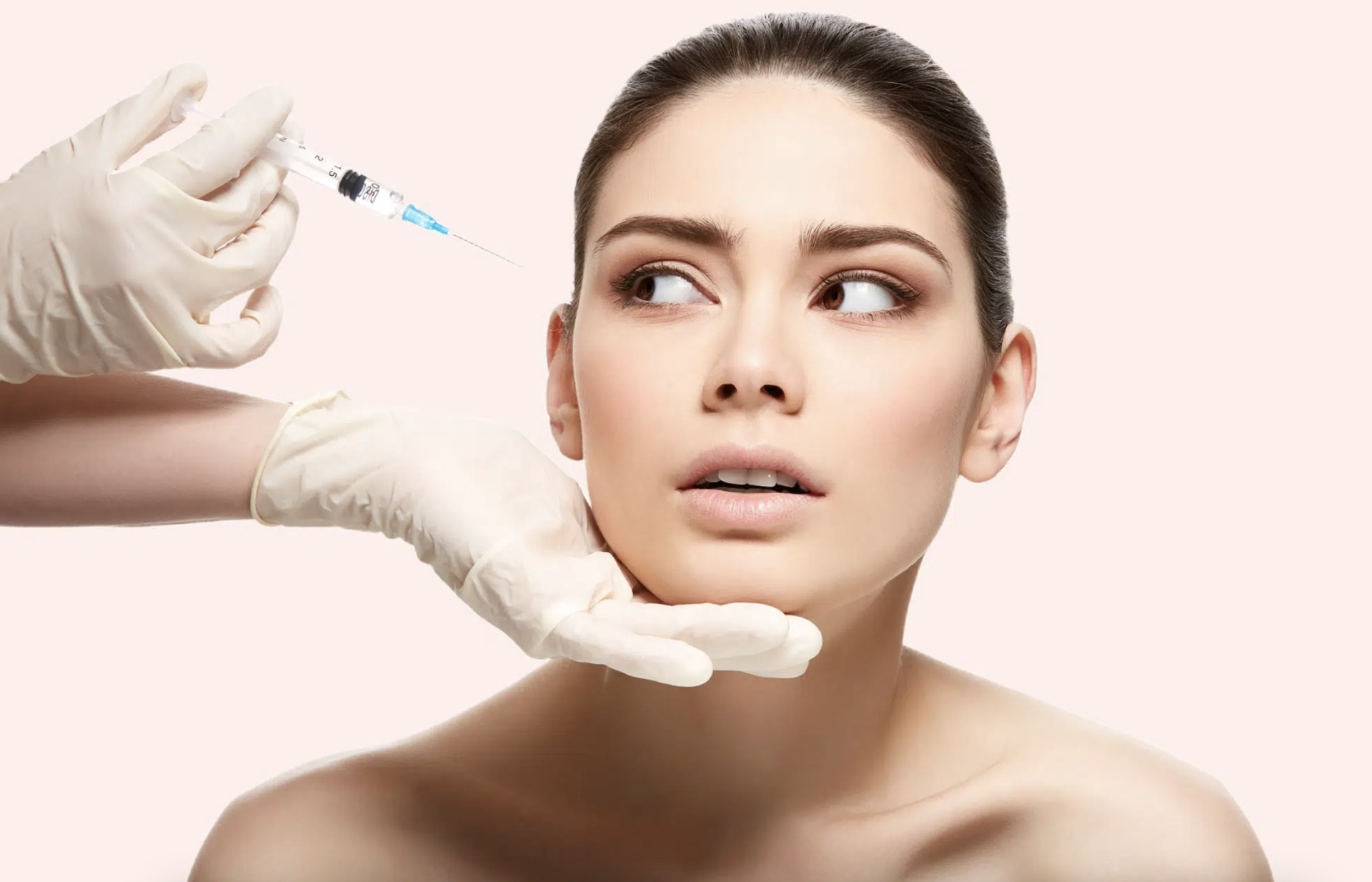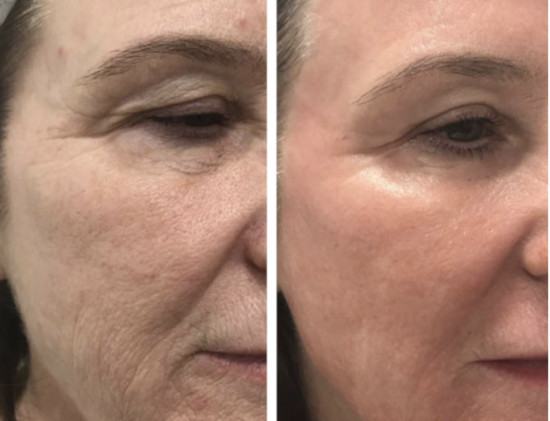Calls for Ukraine
Calls for Europe
Calls for USA

Anti-age skin treatments using stem cells is a cosmetic procedure that involves the use of stem cells to restore and revitalize the natural functions of the skin. Stem cells are special cells in the body that can differentiate into different types of cells and regenerate damaged tissues. During skin rejuvenation, they are usually obtained from the patient`s own body, from areas such as adipose tissue or blood, and then injected into the skin to stimulate regeneration and healing.
This method of skin rejuvenation can help reduce the appearance of wrinkles, fine lines and age spots, as well as improve texture, tone and elasticity. This is due to the stimulation of the production of collagen and elastin, which are necessary to maintain a healthy and youthful appearance of the skin.
The main methods of skin rejuvenation include:
All these interventions are usually minimally invasive and safe, but require consultation with a qualified medical professional to take into account contraindications and choose the best treatment method.
Stem cells are undifferentiated cells that can develop into different types of cells in the body. Accordingly, they can treat all diseases in which the replacement of damaged cells with healthy ones will have a positive effect. At the moment, this type of therapy is in a state of active development, but there are already quite a lot
of areas where they are actively used and bring good results:
Stem cells for both the treatment of diseases and rejuvenation can be obtained from
various sources. Such sources include:
Partially differentiated or «adult» stem cells can be found in various tissues of the body, such as bone marrow, fat and skin, and can differentiate into a limited number of cell types.
They are usually collected from the patient`s or donor`s own body, and then injected into the affected area or into the bloodstream. Once inside the body, stem cells migrate into the damaged tissue and begin to differentiate into a specific type of cell necessary for the restoration of damaged tissue.
Stem cells are injected into the patient`s body to help regenerate or repair damaged tissue. Stem cells are unique because they are able to transform into any type of cell in the body, which makes them a valuable tool for treatment.

Stem cells in cosmetology also refer to cells that have the ability to develop into various types of cells in the body. However, for the manufacture of cosmetics and cosmetic procedures, other types of cells are used compared to the treatment of diseases.
Substrates intended for cosmetics and skin products are often obtained from plants. It is believed that plant stem cells have antioxidant properties and can help protect the skin from environmental damage. They can also help stimulate the production of collagen and elastin, which are essential for maintaining tight, youthful skin.
Stem cells for cosmetic procedures are usually isolated from the patient’s venous blood, complex procedures (isolation from adipose tissue and bone marrow are not used). Donor material is used extremely rarely in exceptional cases. Cosmetic products that contain stem cells give anti-aging benefits to patients using them and show clear results in reducing wrinkles, fine lines, creases and other signs of aging.
The process of receiving stem cells depends on the type of cells being collected. This is true both for those cells that are removed from the patient`s body, and for donor cells.
Sometimes the amount of stem cells that are in the peripheral blood is enough for cosmetic procedures.
After collection, the stem cells are stored in a cell bank or cord blood bank, where they can be frozen and stored for future use. These banks store potential material for medical use in the treatment of various diseases and conditions, including certain types of cancer, genetic disorders and autoimmune diseases. This material can be extracted from the bank at any time necessary for treatment. If stem cells are taken away for the procedure, they can be used immediately.
Foreign stem cells are used under certain circumstances. This is known as an allogeneic stem cell transplant or allograft. Allogeneic grafts are commonly used to treat certain types of cancer such as leukemia, lymphoma, and multiple myeloma, as well as some non-cancerous conditions such as sickle cell disease and severe aplastic anemia. In these cases, the patient`s own blood cells are usually destroyed by high-dose chemotherapy or radiation therapy before transplantation, and donor cells are used to replace them.
In cosmetology, situations when it is donor, and not own stem cells, that are needed are extremely rare.
Cell therapy, also known as regenerative medicine, involves the use of cells to repair or replace damaged or diseased tissue, as well as tissue that contains insufficient cells to restore those cells that no longer perform their function.
Rejuvenation with cell therapy can potentially have a wide range of beneficial effects on various tissues and organs throughout the body. The main potential results of rejuvenation with cell therapy:

Cell therapy is a relatively new field, and while it has many prospects for treating a wide range of conditions, there are also potential risks and side effects that should be considered. Some potential dangers and side effects of cell therapy include:
The cost of treatment with stem cells depends on the type of cells used, the number of courses and the country in which the clinic that deals with this issue is located.
You can find out the cost by contacting the MedTour coordinator doctor for a free consultation.
In which clinics is rejuvenation performed with the help of stem cells
Successful stem cell treatment takes place in such clinics, which are located in Ukraine and in the near abroad:
The MedTour team recommends contacting Dr. Kovalchuk in Ukraine, and Dr. Badyin in Serbia.
1. When is it time to use stem cells, and when are the usual methods of cosmetology still enough?
Such questions are answered only by a qualified doctor with experience in both plastic surgery and stem cell treatment, but the general practice is that as long as the patient is satisfied with the effect of minimally invasive procedures (massages, microcurrents, biorevitalization, plasma therapy), you can not use stem cell treatment. If the desired effect is achieved or partially achieved by such methods as fillers or circular lifting, it is worth thinking about less traumatic and giving a more natural look to the techniques.
2. How many courses are required to achieve the effect?
Such questions are also quite individual, but the usual practice is 3-4 courses per
year.
3. Can there be no effect from cell therapy at all?
No. Cell therapy is an area in which the effect in different patients can vary significantly. However, there were no situations in which there was no clinical effect after treatment at all.
For more information about skin rejuvenation, please contact the MedTour Coordinator doctor for a free consultation.
Please rate the work of MedTour
